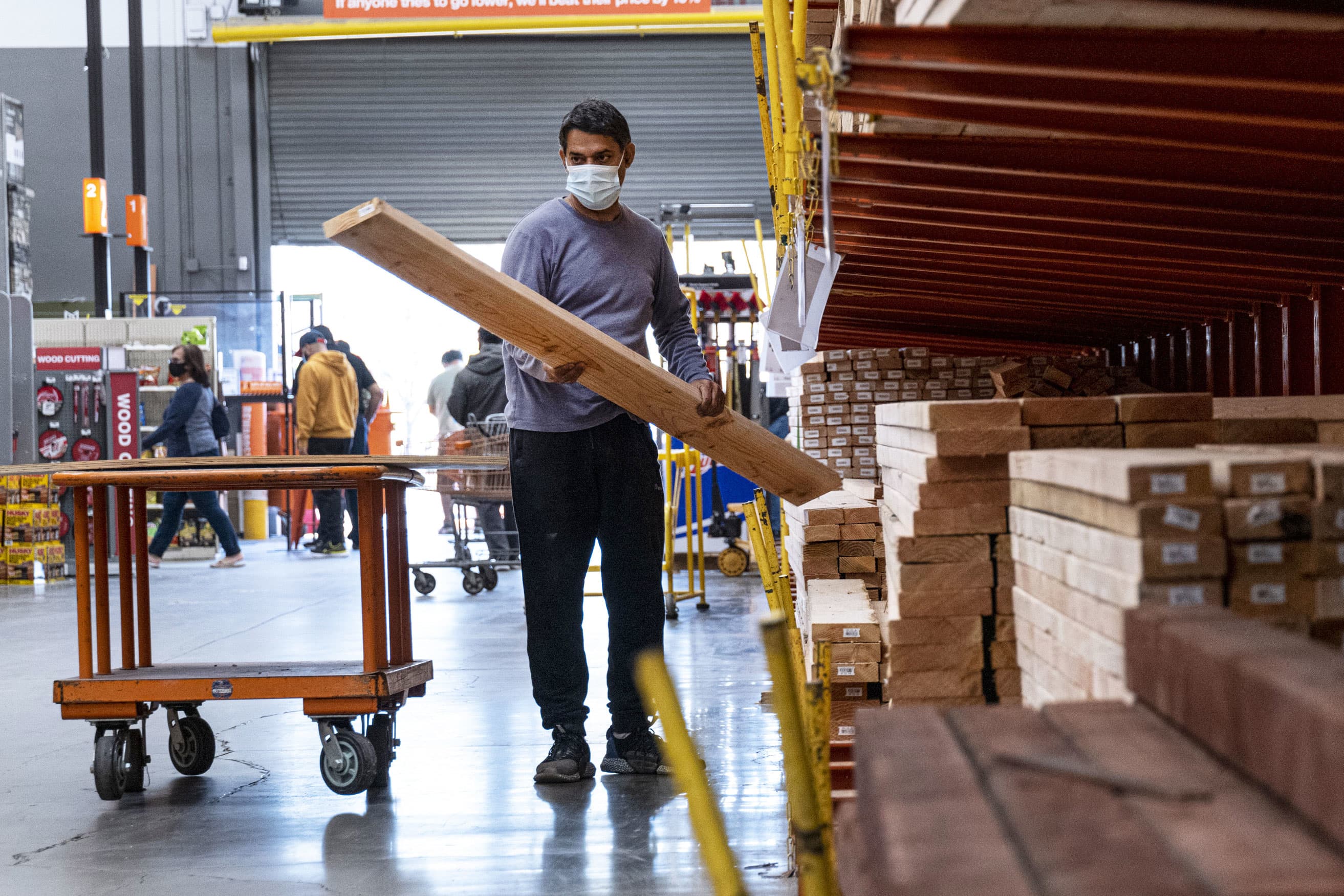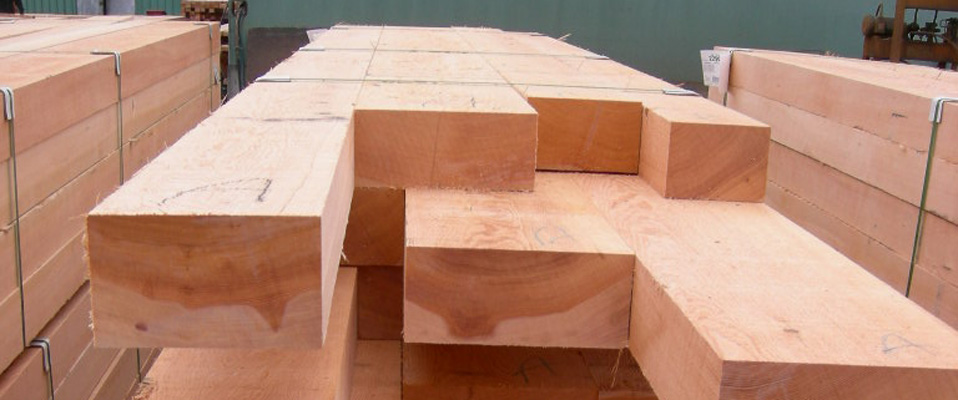


producer in the early twentieth century, but was displaced by the development of the western region.

Second only to the western forests as a timber producing region is the South, where there are wide stretches of yellow pine forests containing longleaf, slash and loblolly pines. Even the dropping of seedlings by aircraft to simplify re-afforestation has been tried. The forests are mainly state-owned and leases are worked by large companies on a highly mechanized basis. Some large integrated plants exist, and produce a range of products from sawnwood to fibreboard, but there is still a larger proportion of smaller mills, and of sawmills rather than pulp mills, than in the older forestry regions. The main centres are the cities on Puget Sound, especially Seattle and Tacoma, where timber, power and water are available and there is easy access to the sea. resources from numerous dams on the Columbia River and its tributaries, has led to the emergence of many major pulp concerns in the region. These are used for construction and also for pulping purposes.īecause of the later development of the western forests the pulp industry, already well-established in the east, was slow to develop but the advantages of a good supply of timber and huge H.E.P. However the continual exploitation has somewhat depleted the stocks of Douglas fir and many other trees such as the Ponderosa pine, Jeffrey pine, hemlock, white pine and various spruces and firs are being increasingly exploited. Douglas fir is the leading timber of North America and also the most widely used because of its suitability for a wide variety of uses in construction, plywood and veneer making. The high quality and large size of the trees in the mature forests of the region make it the major source of sawnwood and Washington and Oregon are the two largest U.S. Removals of trees for sawn timber are twice as great as renewals. The western region produces about half the annual timber output of the U.S.A., and despite replanting and the fairly rapid rate of growth of the trees in the damp maritime climate, the rate of replacement is almost everywhere exceeded by removals. The western region is the leading timber producing region of the U.S.A., partly because of the luxuriance of its forests and the large size of some of its trees such as the redwood and Douglas fir, and partly because it is the last great forest area of the country to be exploited, though continuous cutting and several serious forest fires have left only a small proportion of virgin forest.Īreas farther east and south were successively exploited in the nineteenth and early twentieth centuries and development of the western forests only really began on a large scale in the 1920s. Because of the heavy rainfall and mild climate the coastal forests are luxuriant, but generally speaking the mountain forests further inland are less valuable because the climate is drier, the trees are smaller, and the range of species is narrower. contain Douglas firs, hemlocks, Sitka spruces, cedars and many other species including, in some areas, the enormous sequoias or redwoods which may be 90 metres (300 ft) high and 20 metres (65 ft) in girth. The north-western and mountain forests of the U.S.A. There are three main lumbering regions corresponding roughly with the main types of natural forest cover. and one of the largest commercial producers of broadleaved timber. is the second largest producer of conifers after the U.S.S.R. consists of softwoods but broadleaved forests are exploited in the east and south of the country.

Most of the imports come from Canada in the form of timber, pulp and newsprint.Ībout three- quarters of the timber cut in the U.S.A. produces 20 per cent of the sawnwood, and 14 per cent of the world’s newsprint and yet its domestic supplies are not sufficient and much raw and processed timber has to be imported. Thus while Canada has vast areas of forest which cannot be exploited, the forests of the U.S.A. They are close to major population centres in California, the north-east and in the Atlantic states and can be reached by road and rail communications. This is because the American forests are all in areas which are relatively easily accessible. produces about three times as much timber. Forests cover about one-third of the land area of the U.S.A., and though Canada has a much larger area of forests, the U.S.A.


 0 kommentar(er)
0 kommentar(er)
